Manuel Cardona (auth.), David A. Drabold, Stefan K. Estreicher (eds.)9783540334002, 3-540-33400-9
Semiconductor science and technology is the art of defect engineering. The theoretical modeling of defects has improved dramatically over the past decade. These tools are now applied to a wide range of materials issues: quantum dots, buckyballs, spintronics, interfaces, amorphous systems, and many others. This volume presents a coherent and detailed description of the field, and brings together leaders in theoretical research. Today’s state-of-the-art, as well as tomorrow’s tools, are discussed: the supercell-pseudopotential method, the GW formalism,Quantum Monte Carlo, learn-on-the-fly molecular dynamics, finite-temperature treatments, etc. A wealth of applications are included, from point defects to wafer bonding or the propagation of dislocation.
Table of contents :
Foreword….Pages 1-10
Defect Theory: An Armchair History….Pages 11-28
Supercell Methods for Defect Calculations….Pages 29-68
Marker-Method Calculations for Electrical Levels Using Gaussian-Orbital Basis Sets….Pages 69-94
Dynamical Matrices and Free Energies….Pages 95-114
The Calculation of Free-Energiesin Semiconductors: Defects, Transitionsand Phase Diagrams….Pages 115-140
Quantum Monte Carlo Techniques and Defects in Semiconductors….Pages 141-164
Quasiparticle Calculations for Point Defects at Semiconductor Surfaces….Pages 165-192
Multiscale Modeling of Defectsin Semiconductors:A Novel Molecular-Dynamics Scheme….Pages 193-212
Empirical Molecular Dynamics: Possibilities, Requirements, and Limitations….Pages 213-244
Defects in Amorphous Semiconductors: Amorphous Silicon….Pages 245-268
Light Induced Effects in Amorphous and Glassy Solids….Pages 269-286
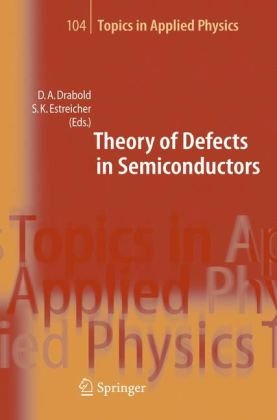


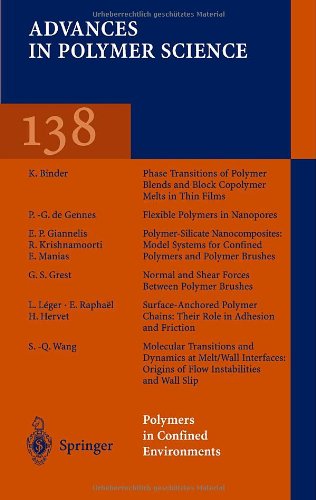
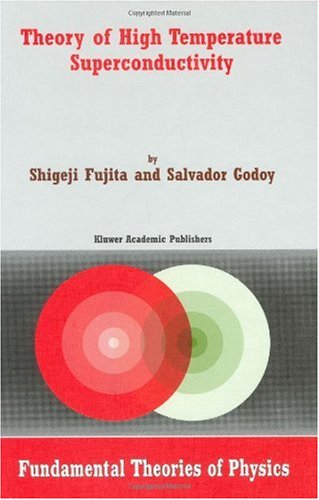
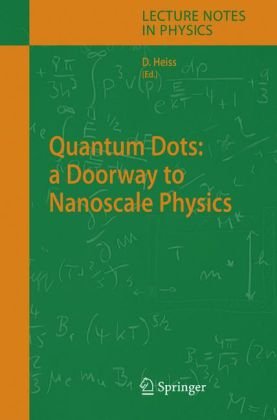
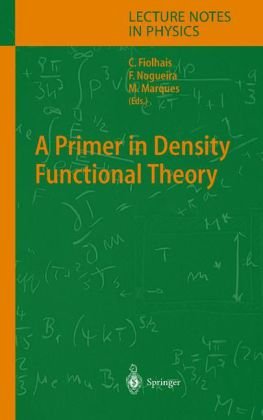
Reviews
There are no reviews yet.